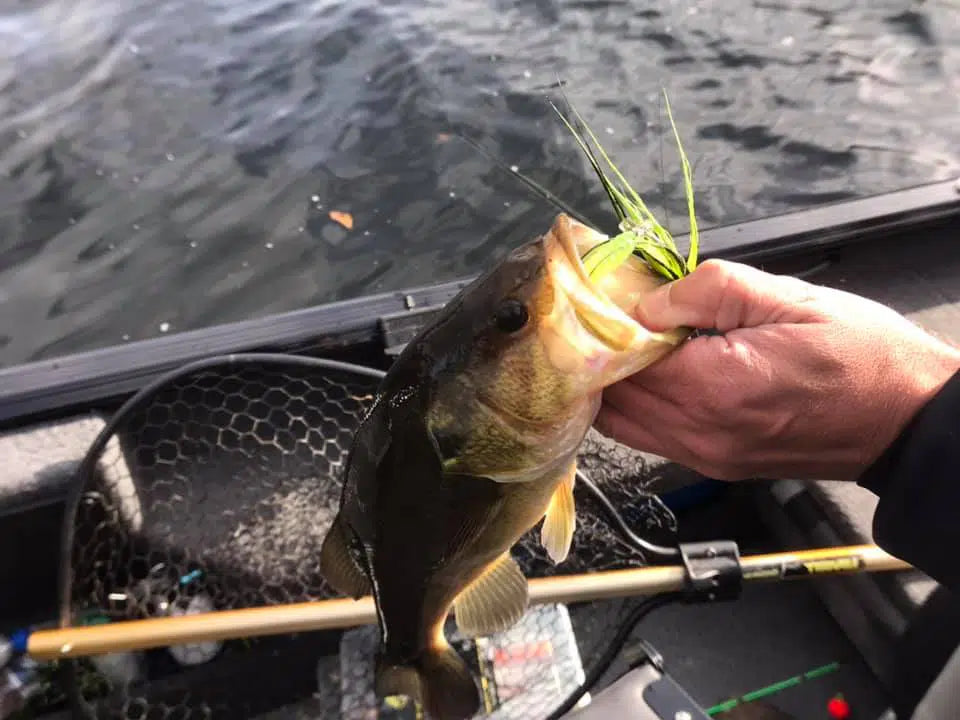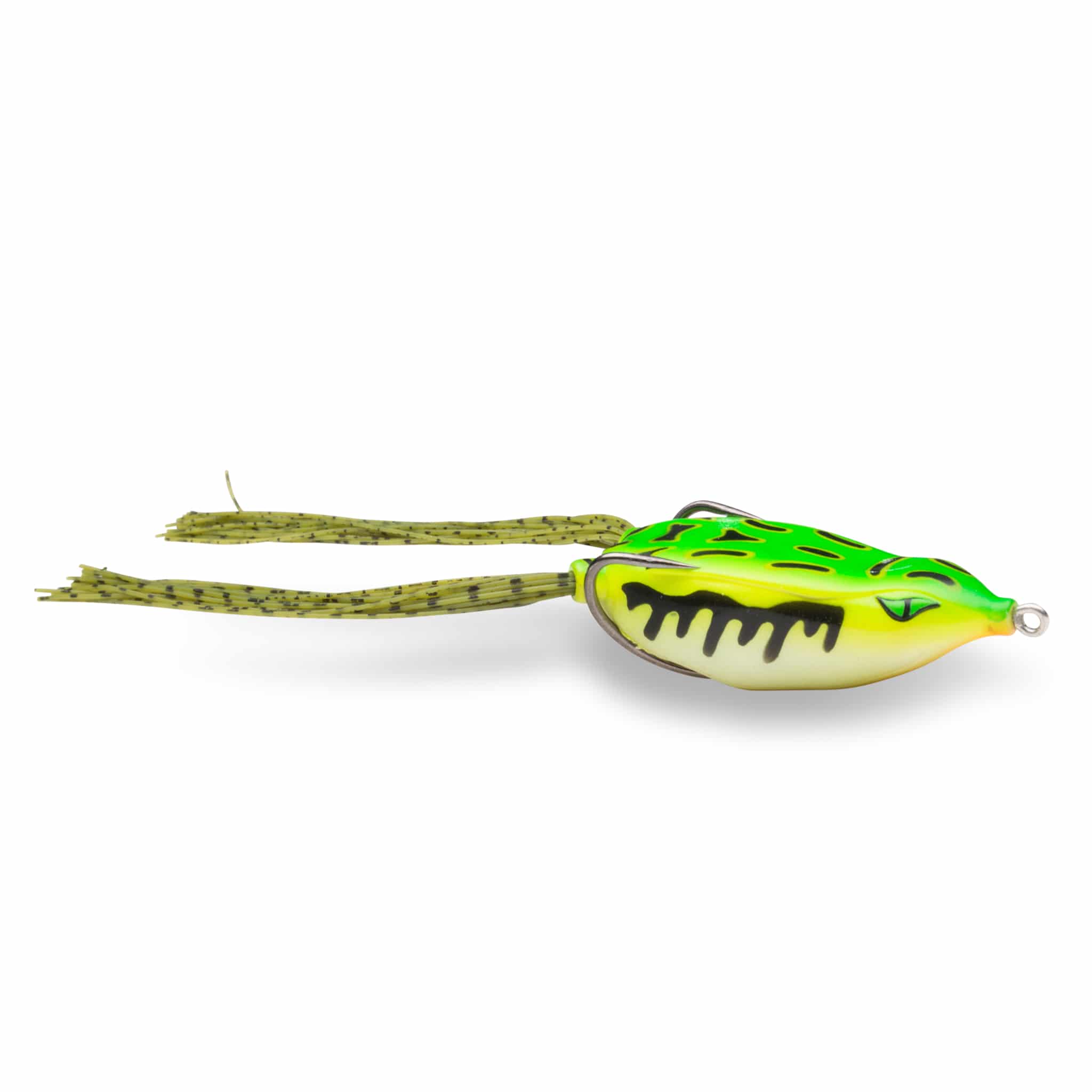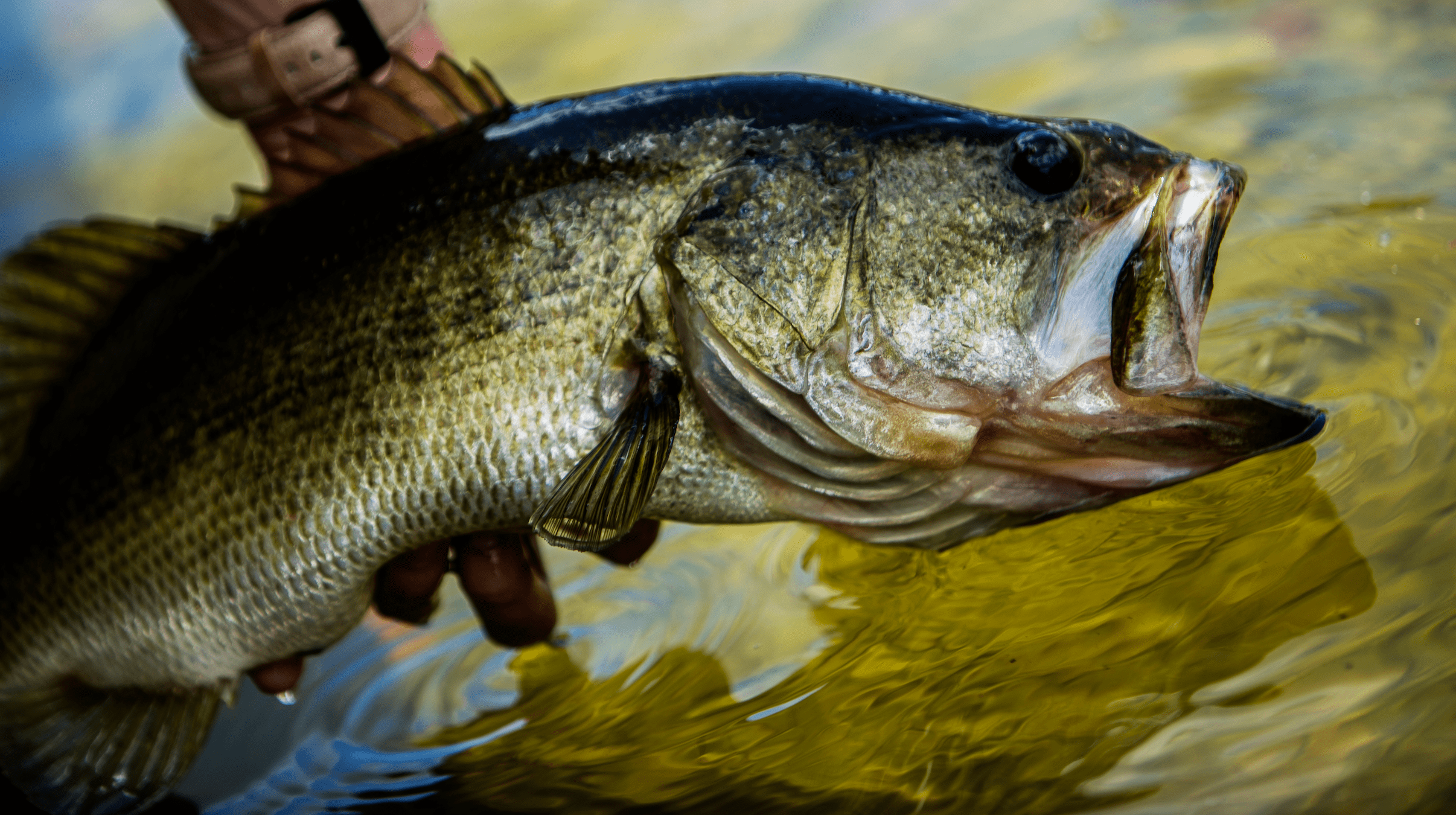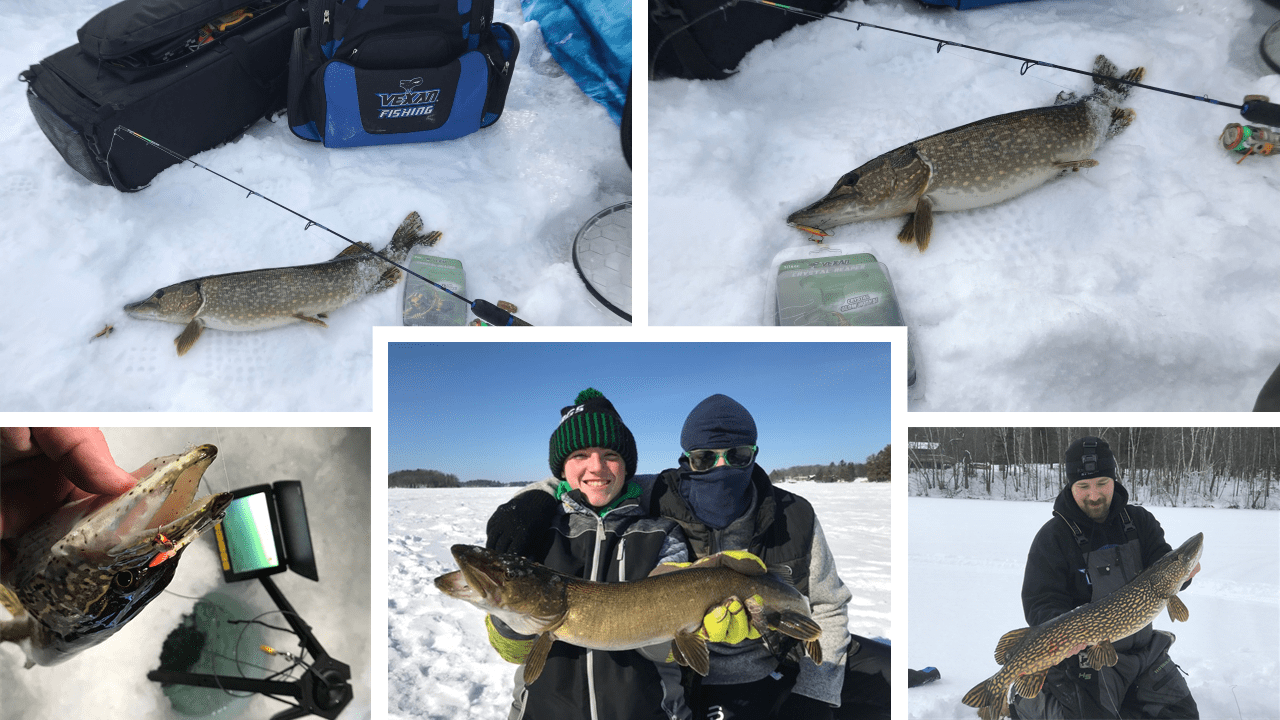Bassin’ Basics
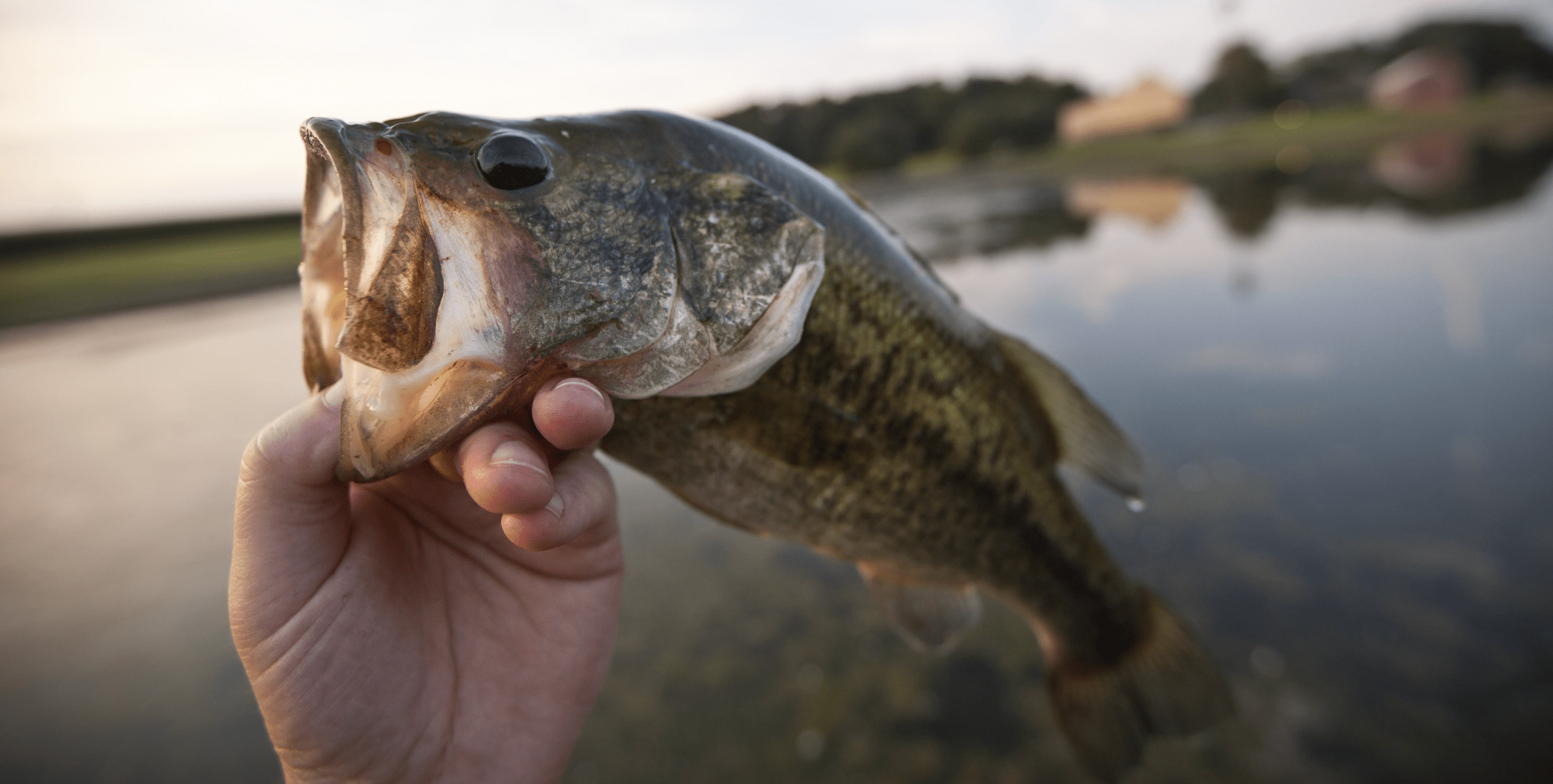
Native to North America, the largemouth bass (Micropterus salmoides) is a species of black bass in the sunfish family. The black bass is the state fish of Alabama (official freshwater fish), Georgia, Mississippi, Florida (state freshwater fish), and Tennessee (official sport fish). It is the most sought after freshwater sport fish in the country.
Bass fishing can be a simple process or extremely complicated; but it is always addictive. If you’re just starting out, we’ll go over the basics. Don’t go overboard spending on equipment; you’ll be doing that as you progress.
Rods:
There are two basic types of rods available; spinning and baitcast. Both are used in pursuing bass. I recommend to anyone just starting to use a 6 foot rod, medium light to medium action. You have a choice of fiberglass; 100% graphite; or a combination of the two. Fiberglass rods are highly flexible more forgiving. They work well with diving crankbaits. Graphite rods are lighter and feel stiffer, better for soft plastics.
Reels:
Reels come in three types; spinning, spincast, and baitcast. Spinning and spincast are the easiest to use. They can be casted without much practice and not have line tangles. They are good for lighter lines and baits. Baitcast reels are more difficult to master, but they will provide greater accuracy and distance. Most baitcast style reels have some kind of a braking system, (either magnetic or centrifugal) to help slow the spool and control backlash problems. Ball bearings provide smooth operation and usually the more ball bearings, the more expensive the reel. Go for a reel with 2-3 ball bearings as a starter. Like I said earlier, you’ll spend more as you progress.
Lines:
Don’t get confused with all the different types of lines out there. Monofilament, braid, fluorocarbon, co-polymer, these can drive you crazy. Stick with monofilament; the choice is flexible (limp) or abrasive resistance. The flexible is very forgiving when cast and has less memory to hold a coil. Use 12-17 pound test flexible monofilament to start.
Your rod, reel and line is assembled, tie on a lure in the weight you plan to use. Adjust the reel by letting the lure fall as you adjust the spool tension (this is the knob on the handle side of the reel). You want a slow, steady fall to the floor. Do this several times until you have a slow, steady fall from start to finish. On the opposite side of the reel is a dial from 1-10. This is the magnetic braking system, set the dial at 5-7. You’ll need to adjust this once you see how it affects your cast. You want the line to stop feeding off the spool once the lure hits the water.
With this balanced fishing tool, you should be able to cast all day without getting tired. The rod will do all of the work, once you have put the right combination together. When casting, use only you forearm and wrist. The shoulders are not involved in the cast. This is easier said than done; I may suggest that you place a sheet of paper under your arm and cast without losing the paper.
As with anything you want to be good at, you have to practice. Rather than seeing how far you can cast, go for accuracy. Try targets at 40 feet, 50 feet with a diameter of 20 inches.
I hope you found this useful and helpful. Please practice catch and release.

